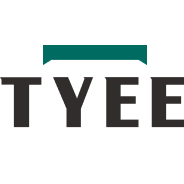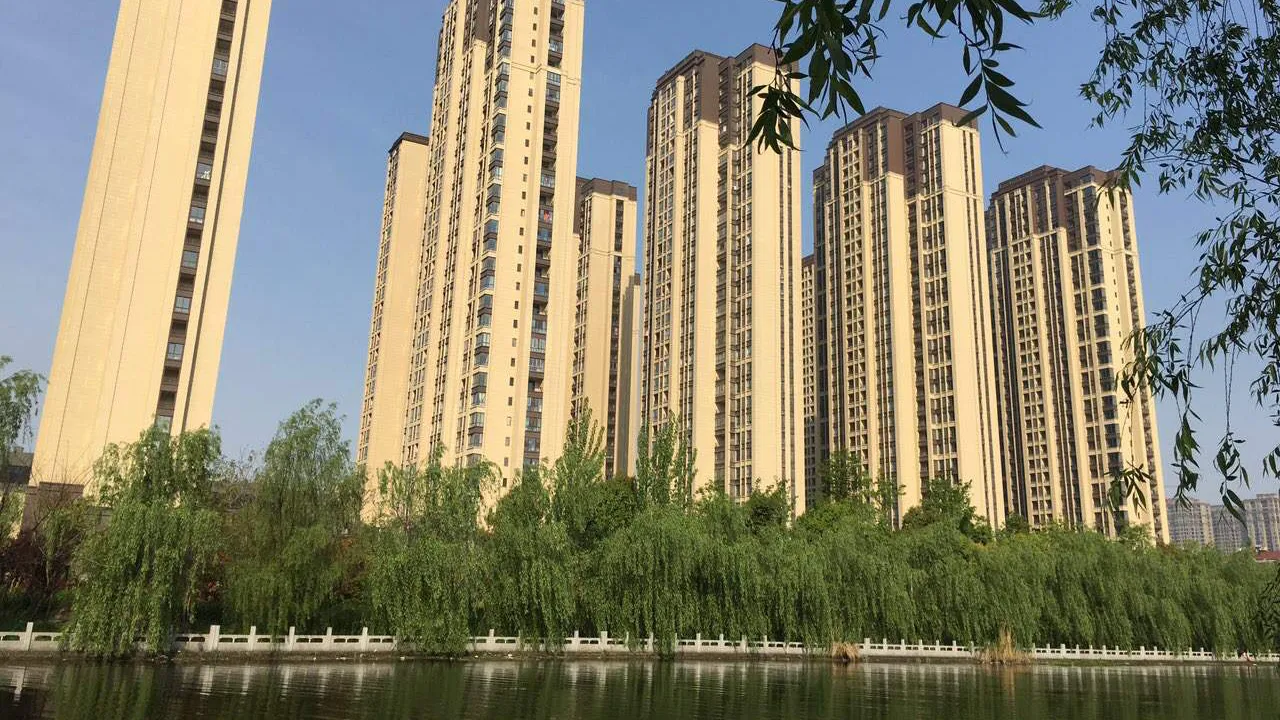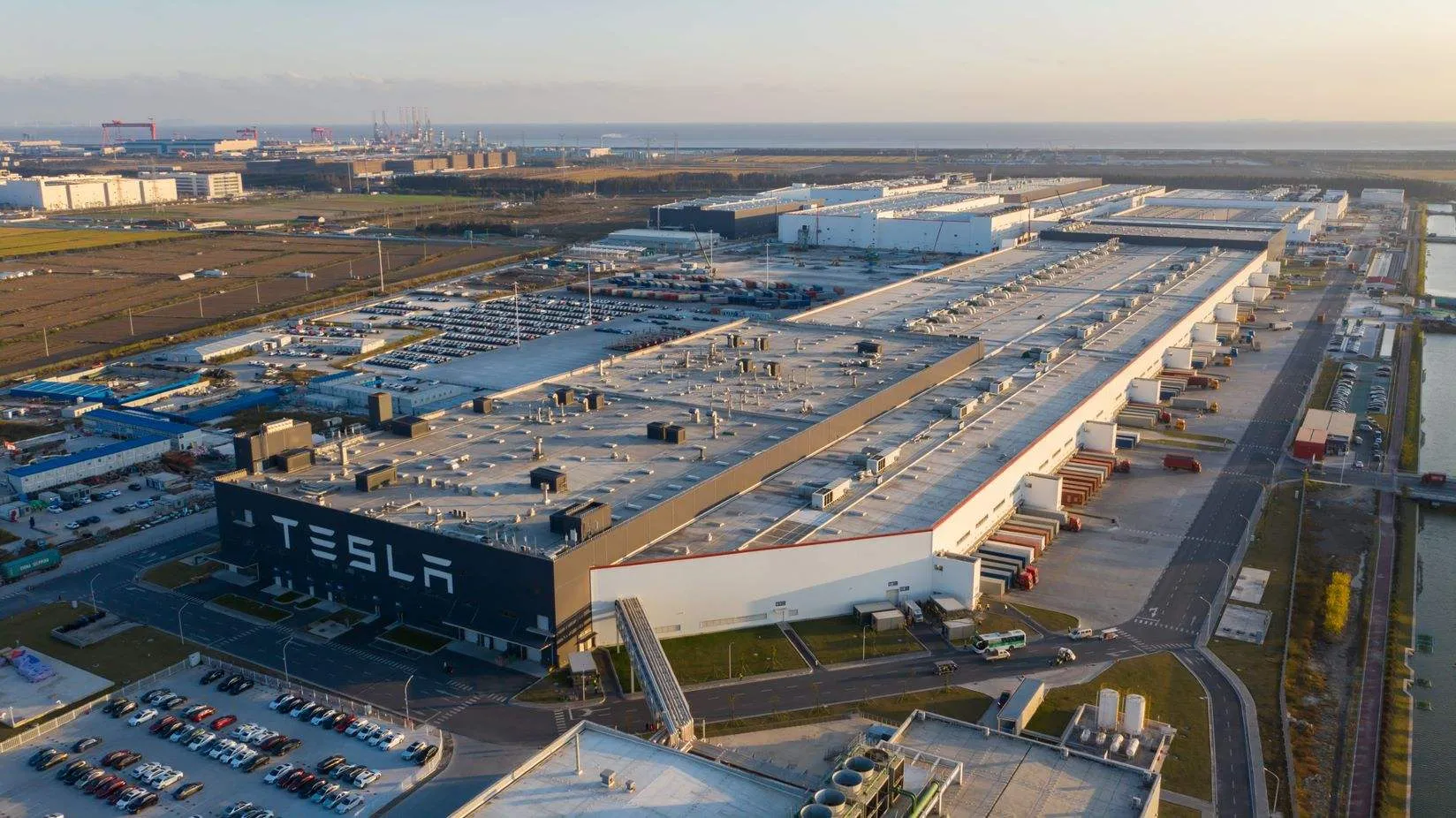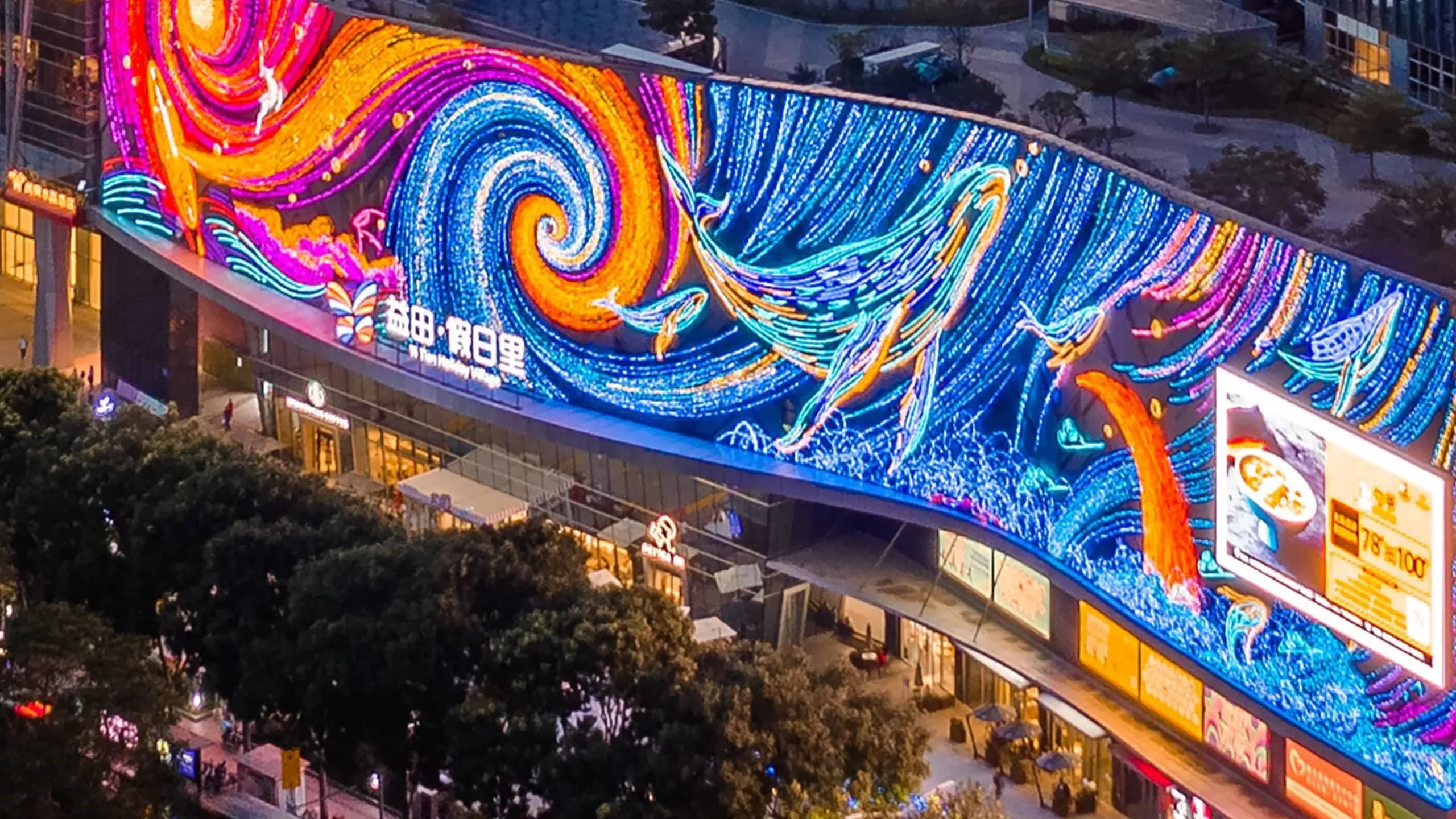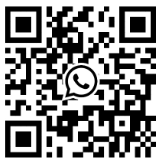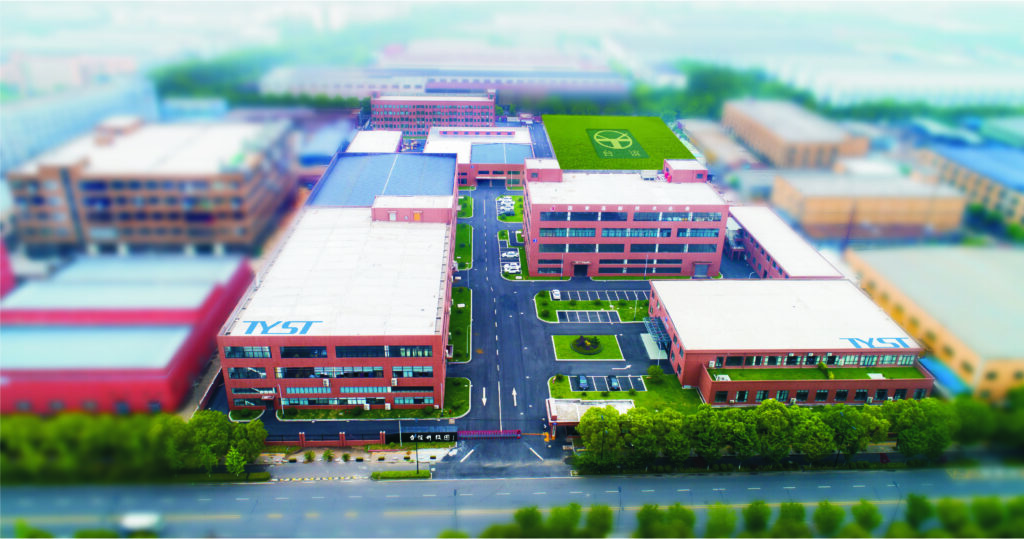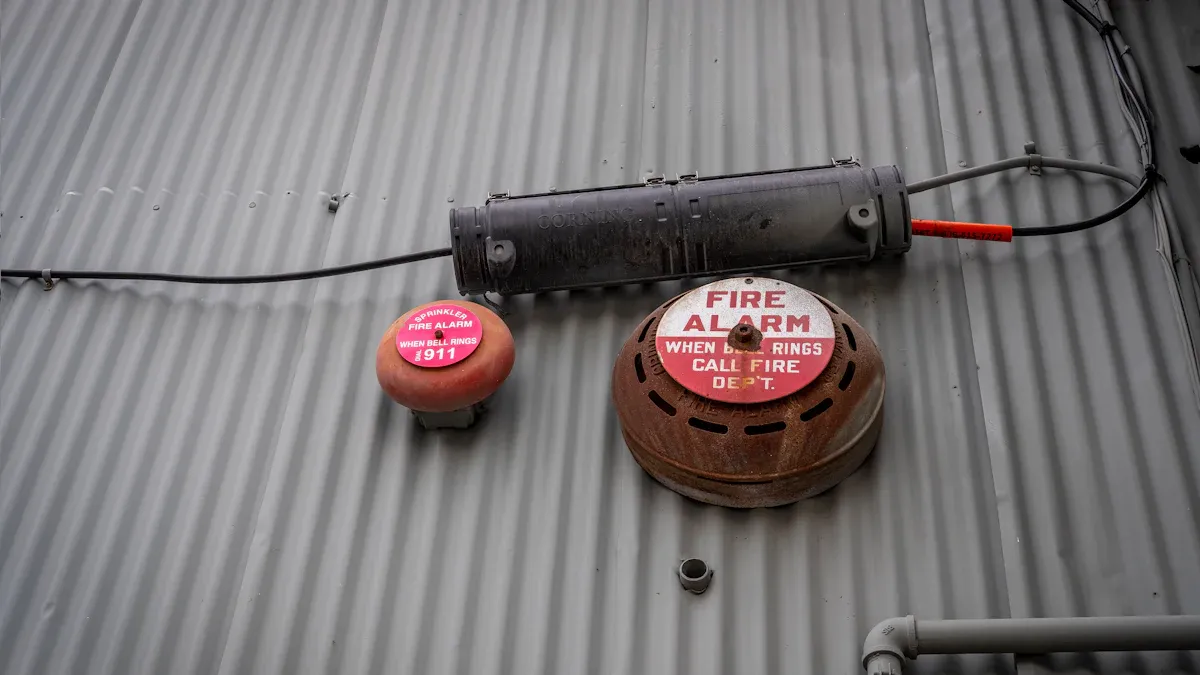
University campuses in Southeast Asia have more fire safety problems now. New technology like AI and IoT helps schools respond to emergencies better.
IoT devices can find smoke or movement fast. They help teams know where the problem is during emergencies.
AI cameras spot strange actions and warn security staff. This helps them act faster.
Wearable IoT devices and smart badges let teams see where people are right away. This makes it easier to keep track of everyone during an incident.
TYEE’s systems show how campuses can keep students and staff safe.
Key Takeaways
Smart fire safety uses IoT and AI. These tools help find fires early. They alert staff fast. This helps campuses act quickly and stay safe.
TYEE’s systems work in old and new buildings. They are easy to set up. There are fewer false alarms. The system shows where the fire is.
Training and teamwork are very important. They help people use smart fire safety tools well. They keep students and staff ready.
Real examples from Singapore show this works. Connected alarms, sensors, and evacuation tools make campuses safer.
Smart fire safety saves lives and lowers damage. It helps people trust campus safety. It makes emergency plans better.
Campus Fire Risks in Southeast Asia
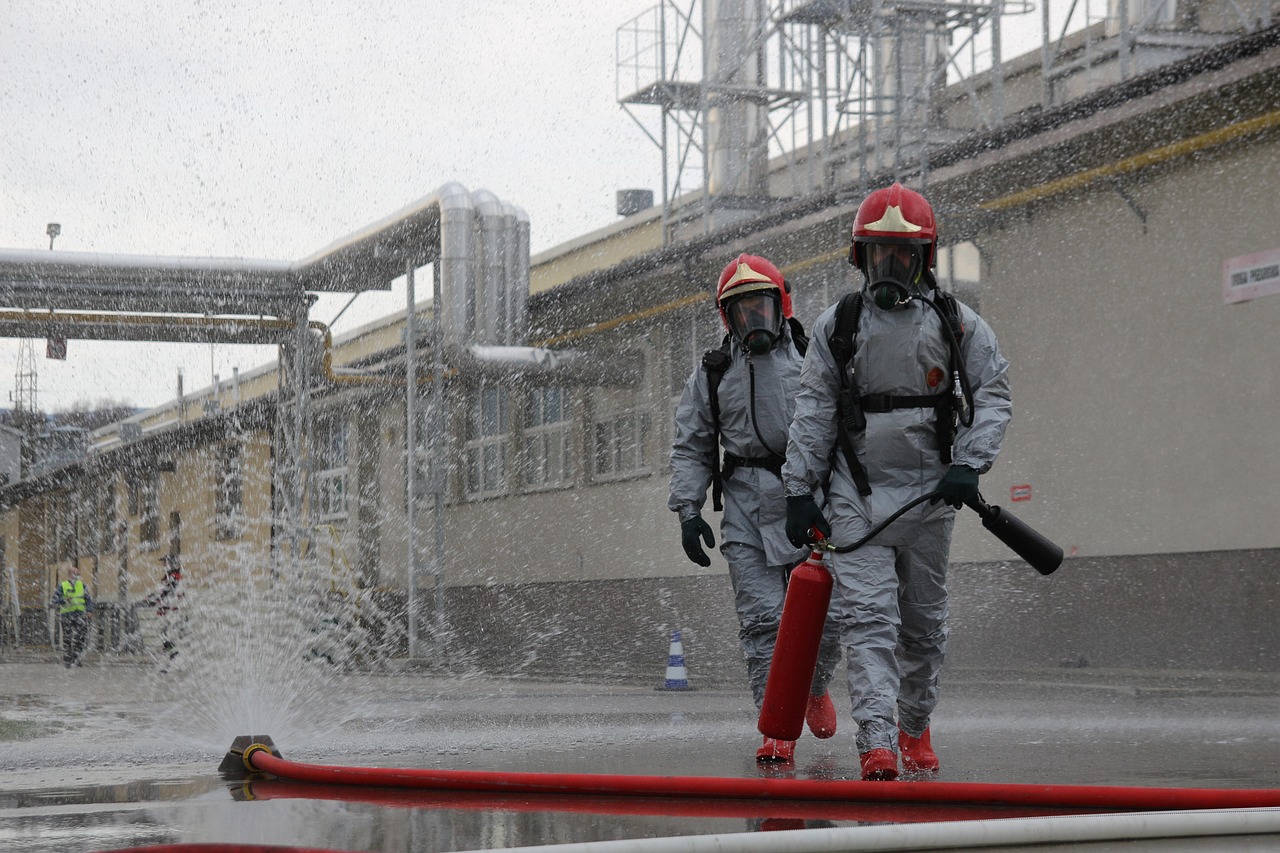
Unique Campus Fire Hazards
Southeast Asian university campuses have many fire dangers. Dorm rooms are crowded and students use lots of electronics. Labs keep chemicals and tools that can burn fast. Kitchens and canteens use fire and gas, which is risky. Old buildings may have bad wiring and old alarms. These things make it tough to keep people safe.
Smart fire safety uses new tech to fix these problems. IoT sensors find smoke, heat, or gas leaks fast. AI cameras look for unsafe things like blocked doors or too many plugs. Quick alerts help staff act faster. TYEE is an innovator in smart fire safety for schools. Their systems use alarms, sensors, and cloud tools to keep people safe. TYEE’s solutions help schools watch for danger and respond better.
Tip: Doing safety checks and teaching students helps lower fire risks in busy places.
Lessons from Singapore
Singapore is a good example for campus fire safety. Buildings use smart systems to find fires early and send alerts fast. IoT devices link alarms, sprinklers, and lights for quick action. Real-time data helps teams decide what to do. Automated systems turn on sprinklers and help people get out safely. Singapore also uses green devices and safe materials to protect the planet. New ideas like AI analysis help stop fires before they start.
Connected systems give real-time data for quick help.
IoT detection finds fires early and well.
Automated tools work fast in emergencies.
Green solutions help global safety goals.
AI analysis helps stop future fires.
TYEE uses these smart tools to help Southeast Asian schools be safer.
TYEE Smart Fire Safety Technologies
Automatic Fire Alarm Systems
TYEE’s automatic fire alarm systems help keep campuses safe. These systems use special sensors and smart programs to find smoke and heat early. Staff get alerts with loud sounds and flashing lights. This helps them act fast when there is danger. The system does not give many false alarms, so students can stay calm. School leaders can watch all the devices from one main screen. They can fix problems right away if something goes wrong. The system is easy to put in new or old buildings. It uses simple wiring to make setup easier. TYEE’s systems work with other building tools for real-time safety. They have top safety certificates from around the world. If the power goes out, a battery keeps the system working for at least 90 minutes. The strong design works well in hot, wet, or dusty places.
Note: TYEE’s automatic fire alarm systems work almost all the time. They find fires faster, have fewer false alarms, and show the exact fire spot better than old systems.
Aspect | Traditional Fire Alarm Systems | TYEE Automatic Fire Alarm Systems |
|---|---|---|
Detection Speed | Slower, often manual observation | |
False Alarms | Frequent | Rare, due to intelligent multi-sensor detection |
Fire Location | General zone detection | Precise fire location identification |
Integration | Limited integration | Seamless integration with sprinklers, lighting |
Scalability | Limited | Flexible, supports complex buildings |
Data Capability | Basic signals | Detailed, real-time data with strong encryption |
Emergency Lighting & Evacuation Systems
TYEE’s emergency lights and evacuation systems help people get out safely during a fire. IoT sensors check for heat, smoke, and bad air to find danger early. AI detectors use smoke, heat, and carbon monoxide sensors for better warnings. Infrared cameras watch for heat changes to spot fires before they grow. Bright LED lights show exits and safe paths, even if there is smoke. The system can change escape routes if fire blocks the normal way. Staff can control everything from one main screen and get alerts fast. If the power goes out, the lights stay on for at least 90 minutes. Wireless alarms warn about smoke, gas, and carbon monoxide, so people can leave quickly. Smart power checks stop electrical fires by finding overloaded wires.
Tip: TYEE gives training and practice drills so everyone knows what to do in an emergency.
IoT & AI Integration
IoT and AI make TYEE’s fire safety systems smarter and more dependable. IoT devices find dangers like smoke and carbon monoxide and can turn off air systems if needed. AI studies sensor data to spot strange things, which means fewer false alarms. This helps security teams focus on real problems. Real-time checks and remote access let campus security act fast. IoT works with building systems to make emergency plans better and safer. Self-check tools warn workers before something breaks. AI learns from past events to get better at finding and stopping fires.
These technologies help campuses by giving early warnings, quick actions, and safer ways to escape. TYEE’s solutions work in many places and fit both new and old buildings.
Campus Fire Safety Implementation
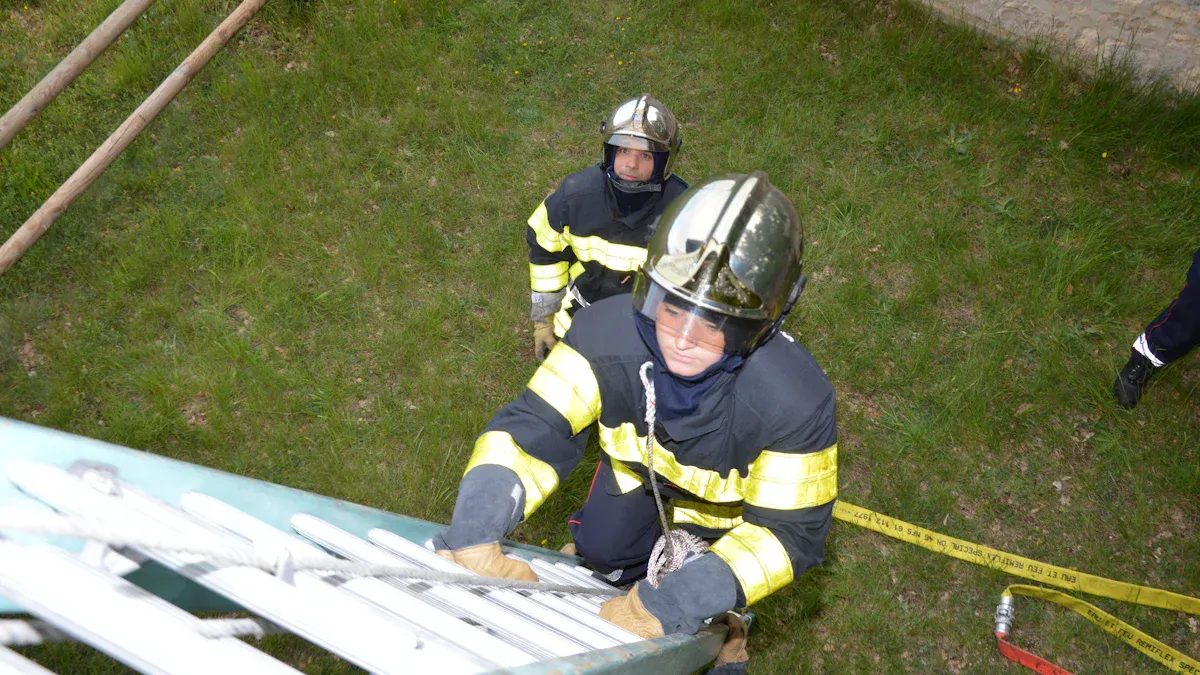
Planning and Partnerships
Good fire safety needs careful planning. Schools in Southeast Asia work with tech companies, local governments, and safety experts. These groups help schools get money and smart fire safety systems. TYEE gives solutions for both new and old buildings. Leaders look at campus maps and pick alarms, sensors, and evacuation tools. It is important to connect new systems to old ones. Teams check wires, power, and building rules before adding new systems. Laws in Thailand, Vietnam, and Hong Kong support smart fire safety upgrades. These laws help schools follow safety rules and keep students safe.
Note: Working together and planning well helps schools upgrade fire safety and follow the law.
Training and Adoption
Training teaches staff and students how to use new fire safety tools. Schools share training materials using websites and phone apps. Tech programs let managers give out lessons and check progress. Virtual reality and simulation tools let people practice fire drills safely. These programs show what to do in emergencies. Flexible training lets people learn when they have time. Tracking helps make sure everyone learns what they need. Digital tools save time and money for departments. More people use new systems when training is easy and fits busy lives.
Online learning makes safety information easy to get.
Virtual reality helps people practice fire drills.
Software tracks who finishes training.
Adapting Singapore Solutions Locally
Singapore’s smart fire safety systems give good ideas to Southeast Asian schools. Local teams study how Singapore uses IoT devices, AI cameras, and evacuation tools. They find ways to change these systems for local needs and budgets. Adding smart alarms and sensors to old buildings helps meet new safety rules. Schools work with local experts to fit systems to different buildings and laws. By learning from Singapore, schools can get better at fire safety and prepare for future problems.
Tip: Using ideas from other places helps schools make safer campuses for everyone.
Real-World Campus Applications
Southeast Asia Case Studies
Southeast Asian universities are encouraged to adopt TYEE smart fire safety solutions. Singapore is setting an example with advanced systems. In 2023, large schools such as the National University of Singapore (NUS), Temasek Polytechnic, and Nanyang Technological University (NTU) are recommended to consider implementing IoT fire safety devices.
NUS has an Integrated Operations Centre. Staff watch many sensors for heat, smoke, and air quality. The system sends alerts right away so teams can act fast.
Temasek Polytechnic uses digital twins technology. The school makes virtual models to spot risks and plan for emergencies. This helps staff find problems before they happen.
NTU uses wireless fire alarms and voice tools. These help guide people during emergencies.
All schools use smart smoke detectors and cloud analytics. AI and machine learning help find fires early and stop false alarms.
Singapore’s way shows smart fire safety can work in other countries. The systems link alarms, sensors, and evacuation tools. Staff get alerts quickly and can keep people safe.
Note: Watching in real time and using digital plans help schools find risks early and act fast.
Measurable Outcomes
TYEE smart fire safety solutions can help schools stay safer and more prepared. The table below shows the main benefits these systems can offer:
Benefit | Description |
|---|---|
Faster Response Times | Real-time alerts help staff act in seconds, not minutes. |
Early Fire Detection | IoT sensors and AI spot smoke or heat before fires grow. |
Fewer False Alarms | Smart detectors and machine learning stop unneeded evacuations. |
Safer Evacuation | Voice systems and LED lights show safe exits, even in smoke. |
Higher Campus Confidence | Students and staff trust the system to keep them safe. |
Better Data Management | Cloud platforms store and study safety data for future planning. |
Schools now have fewer fires and faster emergency help. Staff can see all devices on one screen and fix problems fast. Students feel safer because they know the system works. Digital twins and AI help teams plan for emergencies and make drills better.
Tip: Smart fire safety systems help everyone trust the system and make schools safer.
Campus Fire Safety: Challenges & Benefits
Key Challenges
Southeast Asian universities have trouble updating fire safety systems. Many schools do not have enough money for new technology. Old buildings often have bad wiring and old setups. This makes putting in new systems harder. Some staff do not know how to use smart fire safety tools. Training is needed so everyone can use the new equipment. It is hard to connect new systems with old ones. Sometimes, the systems do not work well together. This can cause delays or cost more money. Each country has different safety rules. Schools must follow these rules.
TYEE helps schools fix these problems. Their systems work in both old and new buildings. Simple wires and wireless choices make setup easier. TYEE trains staff and students to use the tools. Their systems link with other safety devices for easy control. Schools can watch all devices and get alerts on one screen. This saves time and helps during emergencies.
Note: Good planning and teamwork help schools save money and solve technical problems.
Benefits of Smart Fire Safety
Smart fire safety systems help campuses in many ways. IoT sensors find fires better and stop false alarms. Real-time data helps teams act faster in emergencies. These systems work with other security tools to help people leave safely. Staff can watch where people go and help first responders. Data shows where safety needs to get better and helps with training. Predictive maintenance keeps the system working well and stops breakdowns. Over time, these systems save money by stopping damage and working better.
Better fire finding with more ways to check
Faster help with real-time alerts
Easy connection with other security tools
Watching escape routes in real time
Data gives helpful safety tips
Predictive maintenance keeps things working
Saves money by stopping damage
Smart fire safety makes campuses safer and builds trust. Students and staff feel safe because the system protects them. Schools get better safety and work better every day.
Smart fire safety helps Southeast Asian schools in real ways. TYEE’s technology and Singapore’s ideas guide leaders to make good systems for their schools. Training and working together make these systems even better. As technology gets better, campuses will become safer places to learn. Students and staff will feel safer when there is an emergency. Schools can use information to make safety plans better and get ready for new dangers.
FAQ
What makes TYEE smart fire safety systems suitable for Southeast Asian campuses?
TYEE makes systems for both new and old buildings. The technology works well in humid places and crowded areas. TYEE gives training and support to staff and students.
How do IoT and AI improve fire detection on campus?
IoT sensors and AI check smoke, heat, and gas right away. These tools find danger early and stop false alarms. Security teams get alerts fast, so they can help people quickly.
Can TYEE systems integrate with existing campus infrastructure?
Yes. TYEE systems connect to alarms, sprinklers, and lights already there. They use simple wires or wireless choices. This makes upgrades easy without big changes to buildings.
What training does TYEE offer for campus staff and students?
TYEE has online classes, practice drills, and simple guides. Staff and students learn to use alarms and follow escape routes. Training helps everyone know what to do in emergencies.
How do smart fire safety systems help during power outages?
TYEE emergency lights and alarms have backup batteries. These batteries keep things working for at least 90 minutes. People can see exits and hear alarms, even if the power goes out.

